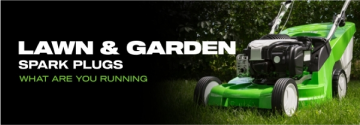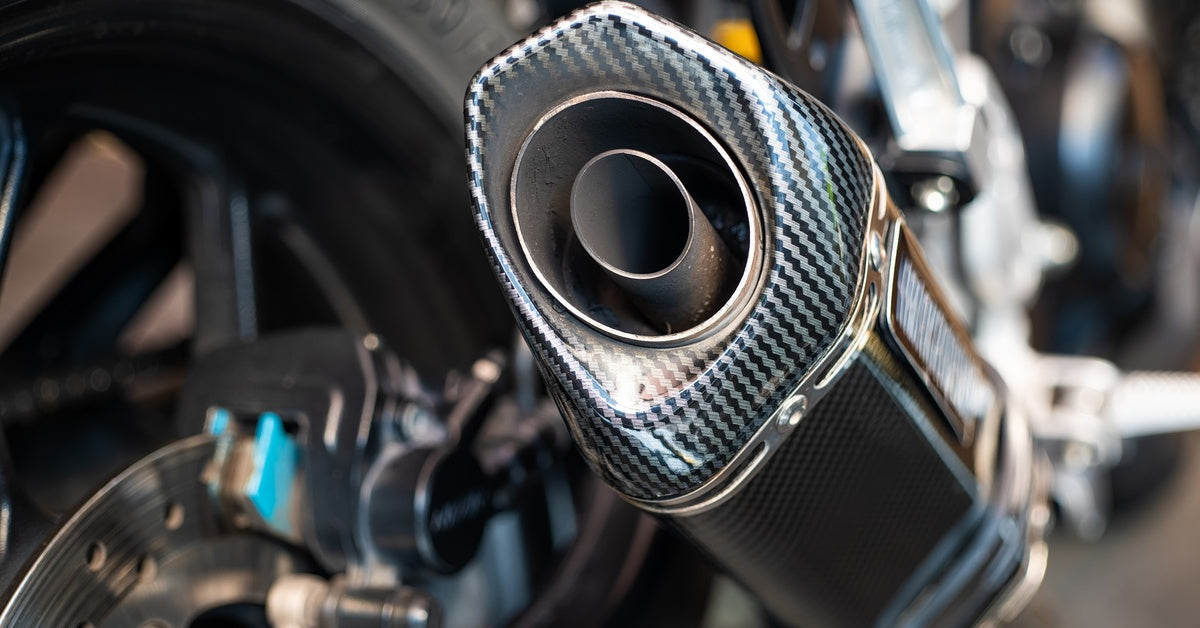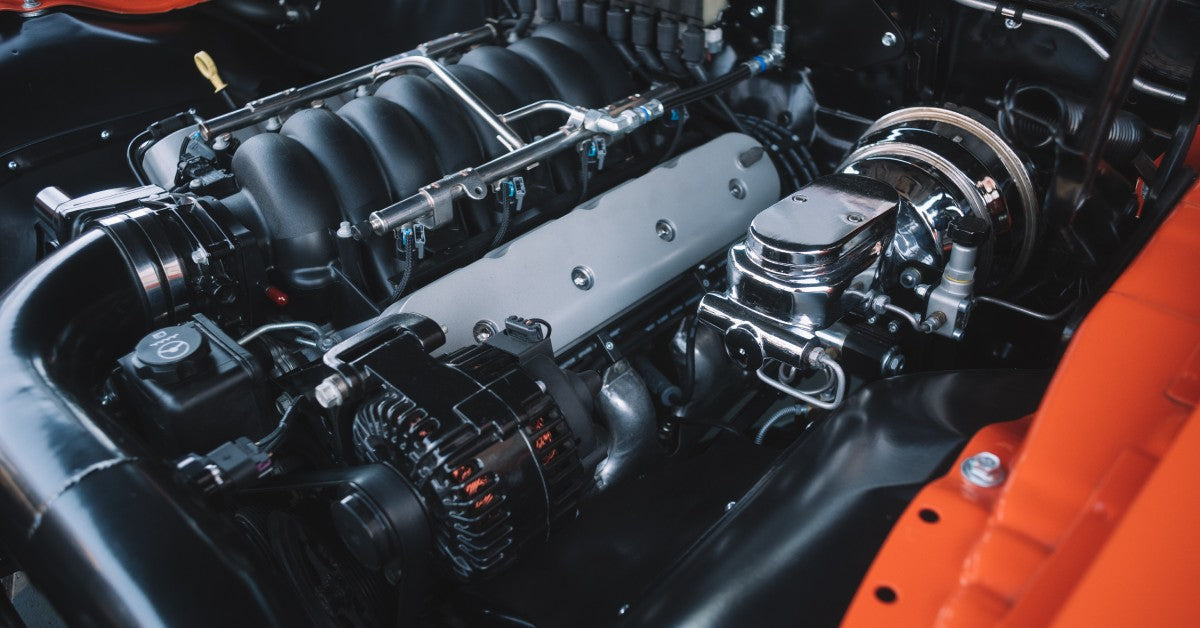Unfortunately, we hear this question asked more often than ever before. Although it may have something to do with your E3 Car Spark Plug, it is more likely the result of using E10 gasoline, especially if you live in a hot, humid area of the country. Since the spark plug is the easiest place to start, take your spark plug wrench and carefully remove the plug for inspection. NOTE: If the top of the motor is dirty or there is a buildup of debris around the base of the plug, you should use a brush to clean before removing the plug. As always, you want to prevent anything from falling into the spark hole.
 To keep your small engine running smoothly, make sure you know the special considerations for using E-10 gas.
To keep your small engine running smoothly, make sure you know the special considerations for using E-10 gas.
Now, inspect the bottom of the spark plug for signs of excessive wear or a heavy build up carbon deposits. If need be, replace the used plug with the correct E3 Spark Plug for your particular engine. You can go to the E3 Spark Plugs Catalog page and select the Cross Reference Guide for your lawn & garden spark plug, powersports spark plug or motorcycle spark plug. Don’t forget to check the spark plug gap and always install your new plug using the correct torque specifications to avoid blow-by or damage to the internal threads. Assuming this did not resolve your problem, we will move to the next step.
Today, the majority of the fuel that you buy at any gas station or convenience store is going to contain around 10% of Ethanol (often referred to as E10 gas). The government’s Renewable Fuel Standard Program has required that Ethanol be blended with gasoline as a “Greener Alternative” to more harmful oxygenators such as lead or MTBE (methyl-tertiary-butyl-ether). The biggest problem with using the grain or sugarcane based fuel additive is that it is an alcohol. As the alcohol naturally separates from the petroleum-based gasoline, it has an affinity for attracting water.
This instability is called “phase separation” and has reduced the shelf life of the gasoline that remains in your small engine’s tank or that which is stored in your gasoline can. Most experts agree that under ideal conditions the shelf life of E10 gas is only about 3 months. If you live in hotter, more humid climates, it is much less. Once the fuel is contaminated, the bad gas can cause filters and carburetors to become clogged as unprotected rubber hoses and plastic parts actually begin to dissolve. Although some fuel stabilizers can help, there really isn’t a miracle product available for today’s cheaper small engines.
In time, we will likely find an alternative to Ethanol as a gasoline oxygenator, or even better, an alternative to petroleum-based fuels. But, until that happens, you should try to limit the length of time that E10 is kept in either your small engine’s gas tank or fill can. If your motor requires the choke to be engaged (even slightly), it is likely time to thoroughly clean the fuel lines, filters and carburetor. After that, try to limit the amount of time that you leave E10 in tanks or cans. Whenever possible, run the tank dry before storing your lawn equipment, mower, scooter, go kart or other powersports equipment. Many of these small engines also have a drain plug at the bottom of the carburetor bowl for that very purpose.







